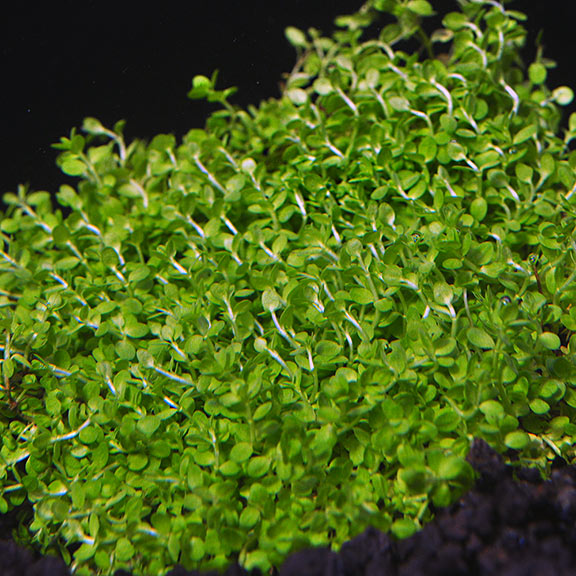
Baby Tears Aquarium Plant Care: A Comprehensive Guide
Introduction
Baby tears (Hemianthus callitrichoides) is a popular aquarium plant known for its delicate, creeping growth habit and lush green foliage. This versatile plant can be used as a foreground or midground plant, adding texture and interest to any aquarium. However, baby tears can be challenging to grow, requiring specific water parameters and care routines. This comprehensive guide will provide you with all the essential information you need to successfully cultivate baby tears in your aquarium.
Water Parameters
Baby tears thrive in specific water conditions to maintain their health and growth. Here are the optimal water parameters for baby tears:
- pH: 6.0-7.5
- Temperature: 72-82°F (22-28°C)
- Hardness: 5-15 dGH
- Carbon dioxide (CO2): 10-20 ppm
Maintaining stable water parameters is crucial for the well-being of baby tears. Regular water changes and testing are essential to ensure the water quality remains within the optimal range.
Lighting
Baby tears require high levels of light to thrive. Provide at least 10-12 hours of intense lighting per day. LED or T5 lighting fixtures are recommended for optimal growth.
Substrate
Baby tears prefer a nutrient-rich substrate to anchor their roots and absorb essential nutrients. Use a fine-grained substrate such as ADA Aqua Soil or Fluval Stratum.
Fertilization
Baby tears benefit from regular fertilization to supplement the nutrients available in the substrate. Use a balanced liquid fertilizer that contains nitrogen, phosphorus, and potassium. Follow the manufacturer’s instructions for dosage and frequency.
Planting
Baby tears can be planted in small clumps or as individual stems. Use tweezers to gently plant the stems into the substrate, ensuring the roots are buried. Avoid overcrowding the plants, as this can lead to competition for nutrients and light.
Growth Rate
Baby tears have a moderate to fast growth rate under optimal conditions. They will typically form a dense carpet within a few months of planting. Regular trimming is necessary to maintain the desired size and shape of the plant.
Trimming
Trimming baby tears is essential to control their growth and promote bushier growth. Use sharp scissors or a razor blade to trim the stems to the desired height. Remove any dead or dying leaves to prevent decay.
Propagation
Baby tears can be easily propagated by stem cuttings. Cut a healthy stem and replant it in a new location. The cutting will develop roots and form a new plant.
Common Problems
Baby tears can face several common problems in the aquarium. Here are some potential issues and their solutions:
- Melting: Melting occurs when the leaves of baby tears turn brown and disintegrate. This can be caused by sudden changes in water parameters, nutrient deficiencies, or excessive CO2 levels.
- Algae growth: Algae can compete with baby tears for nutrients and light. Regular cleaning and algae control measures are necessary to prevent algae outbreaks.
- Nutrient deficiencies: Baby tears require a balanced supply of nutrients for healthy growth. Nutrient deficiencies can lead to stunted growth, yellowing leaves, or poor root development.
- Pest infestations: Baby tears can be susceptible to pests such as snails and aphids. Use pest control measures as needed to eliminate infestations.
Conclusion
Baby tears is a beautiful and rewarding aquarium plant that can add a touch of elegance and greenery to any tank. By following the care guidelines outlined in this article, you can successfully cultivate baby tears and enjoy its lush foliage for years to come. Remember to provide optimal water parameters, lighting, and fertilization, and regularly trim and propagate the plant to maintain its health and appearance. With proper care, baby tears will thrive in your aquarium, creating a stunning underwater landscape.
